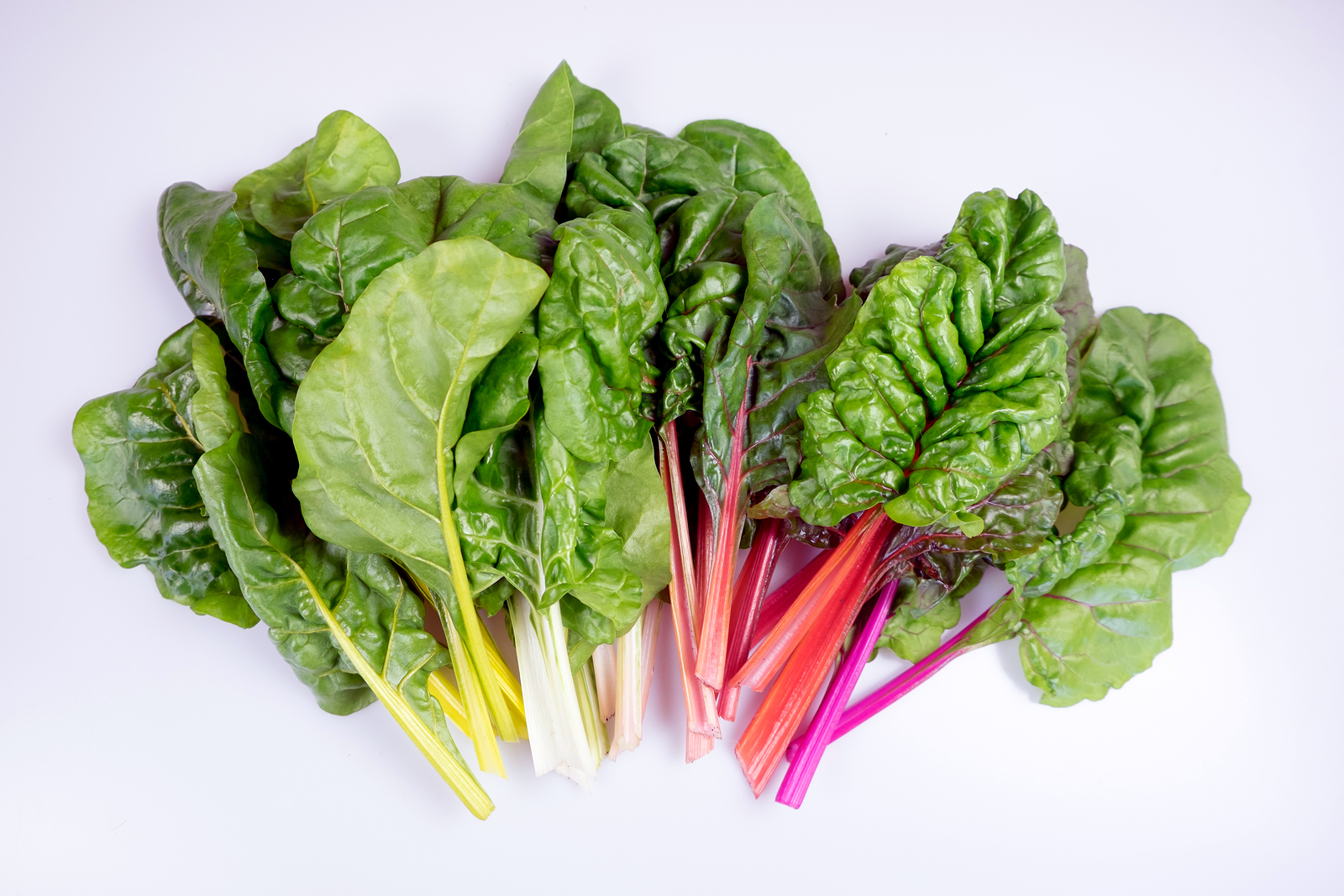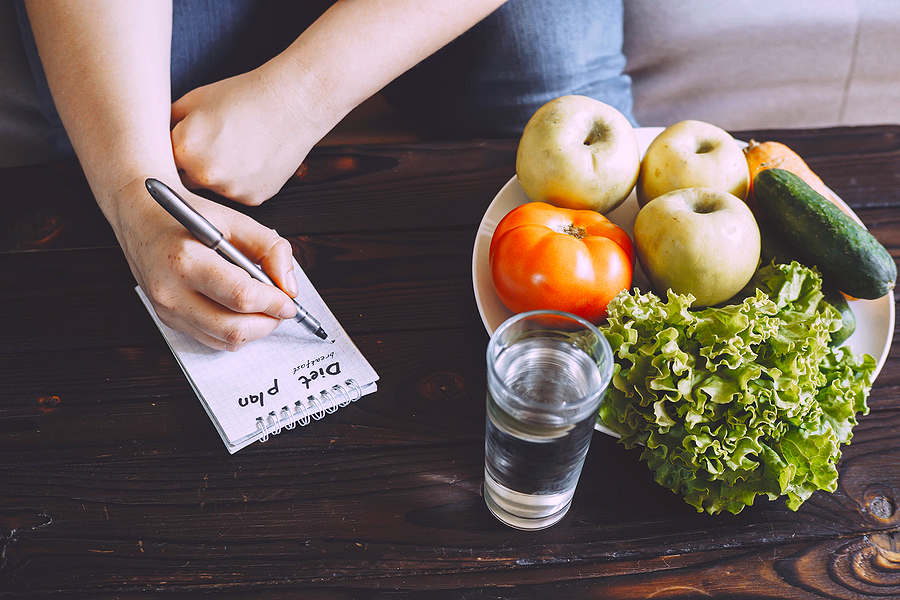So many women come to me desperate to change their eating habits and get healthy. They aren’t surprised when I bring up leafy greens, but there’s a common refrain I hear: I am so sick of salad!
If that sounds like you, I have good news — there are so many other ways to eat leafy greens! And so many good reasons to do so. Do you know what these amazing vegetables can do for your health? I do, and I want to share that information with you!
Food is the Best Medicine
I’ve said it over and over, and I’ll keep saying it: food is our best path to good health. When you consciously choose foods that provide essential nutrients and minerals, you give your body the best possible chance to stay healthy and strong. I can’t tell you how often patients leave my office, follow the recommendations I give for changing their eating, and come back to tell me what amazing results they’ve seen.
They have more energy. Aches and pains that have lingered for months – even years – disappear. Their mood improves – and so do their relationships. They are thrilled with how much better they feel overall. And as an added bonus, they often lose unwanted weight that’s been following them around for years!
Food is so important, and I can’t talk about eating healthy without bringing up leafy greens. They are nutritional powerhouses, full fiber, vitamins, and minerals that can help ward off an incredible range of health issues. Greens can aid in weight loss and help slow down the aging process. And they help process chlorophyll which assists in production of red blood cells and boosts energy levels. That’s a lot of great reasons to increase your intake!
What Nutrients Are Found in Leafy Greens?
A better question might be which essential nutrients aren’t in leafy greens. Not only that, but there are minerals and antioxidants as well. In fact, you can get significantly more than 100% of the daily recommended amount of several of these in just one cup of some of these amazing greens.
The list is extensive, and includes vitamins A, B, C, D, E and K; calcium; selenium; manganese; potassium; folate; phosphorus; nitrates; and fiber. Not all greens have all of these, of course, so eating a wide variety is the best way to pack your body with nutrition – and keep things interesting!
How Do Leafy Green Benefit Health?
The research that’s been conducted on leafy greens of one kind or another is extensive, and it would be impossible to give you the full picture in one article. Suffice it to say that evidence has shown huge benefits to consuming at least one serving of leafy greens every day. Let’s take a look at a few of these studies.
Cognitive Decline
Research has long shown a connection between leafy greens and cognition, particularly in older adults. A study published in January 2018 in the journal Neurology concluded that just one daily serving of green leafy vegetables slowed age-related cognitive decline. Those who consumed the most (median of 1.3 servings/day) compared to those who consumed the least (median 0.09 servings/day) were found to be 11 years younger cognitively.
Cancer
A great number of studies have also been conducted around the association of leafy green intake and various types of cancer, with encouraging results. This research has found that consumption of leafy greens has a positive impact on reducing the risk of some types of cancer. One review found that incidence of gasterointestinal cancer is lowered by nearly 35% with the consumption of leafy greens.The American Institute for Cancer Research has reported that the fiber, folate and carotenoids in leafy greens likely protect against the development of some cancers – particularly cancers of the mouth, pharynx and larynx; breast cancer; skin cancer; lung cancer, stomach cancer; and colorectal cancer.
Glaucoma
A study published in JAMA Opthomology showed that high dietary nitrate and green leafy vegetable consumption was associated with significantly (21%) lower risk of glaucoma. The reduction was even greater – 44% less risk – for a particular type of glaucoma that causes early visual field loss close to the center of vision. This study was large, following up biennially on participants in the Nurses’ Health Study, which included more than 63,000 women; and in the Health Professionals Follow-up Study, which included more than 40,000 men.
Another large study showed that women who ate just one serving of kale and collard greens per month had 69% less risk of glaucoma than those who ate less than that.
Type 2 Diabetes
One study that analyzed data from the Women’s Health Study associated high dietary intake of leafy greens with reduced risk of developing the disease in overweight women. Another study published in 2010 in the British Medical Journal found that eating one and a half extra servings of green leafy vegetables could reduce the risk of developing type 2 diabetes by 14%.
Gut Health
So many women struggle with digestive issues, often because the bacteria in their gut is severely imbalanced. A study published in 2016 found that an unusual sugar molecule these vegetables contain could be critical to feeding good gut bacteria, helping your body maintain the balance it needs.
Though some of the studies on the impact of leafy greens are small, when you put them all together they add up to a lot of good reasons to add more to your dietary routine. And since there’s really no downside to eating more of these powerhouse vegetables, why not do all you can for your health? Let’s take a look at some of the best – and some unique ways to enjoy them!
Add These Great Leafy Greens to Your Regular Meal Rotation
Meal planning is one of the best kept secrets to eating healthy. When you plan what you are going to eat for the week ahead of time, it’s so much easier to stay on track. Meal planning helps reduce trips to the grocery store, and many meals can be made ahead of time and heated quickly for those busy evenings that you don’t have time to cook.
Because one daily serving of leafy greens can make a difference, it just makes sense to plan meals that include them. And you don’t have to resort to the same old salads day after day. There are so many other things you can do with leafy greens. Add them to soups, stir fry, scrambled eggs, smoothies, and pasta dishes. Or just add a side of greens, prepared in a unique way, to your plate.
There are some leafy greens that seem obvious — different varieties of lettuce and spinach are faithful standbys, and who hasn’t heard of the benefits of kale these days? But there are so many other great options, with delicious recipes to experiment with. Here are seven lesser known greens that can give you that nutritional boost you need!
Microgreens
Microgreens are harvested from the seeds of vegetables and herbs before the plants mature. Between 1 and 3 inches in size, these mini greens are chock full of nutrition – and have fabulous flavor too! Research has shown that microgreens can contain up to 40 times more nutrition than the mature plants. Microgreens are rich in vitamins C, E and K, among other nutrients. You can grow them at home, and throw them on salads, in stir fry, and any number of other dishes.
Collard Greens
If you have any familiarity with Southern cooking, you’ve probably heard of collard greens. Related to kale and spring greens, collard greens have thick, slightly bitter tasting leaves. The texture is a lot like cabbage. Collard greens have plenty of calcium, Vitamin A, folate (B9), vitamin C, and Vitamin K. In fact, they are one of the best leafy green sources of vitamin K, with 1,045 % of the daily value in just one cup.
Beet Greens and Turnip Greens
Beets and turnips are used in dishes all the time, but far too often, their leaves are simply tossed in the compost pile. Both are edible, and packed with nutrients.
Beet greens are loaded with potassium, calcium, riboflavin, vitamins A and K, and fiber. One cup offers 200% the daily recommended value of vitamin A! And that’s not all. They also contain the important antioxidants lutein and beta-carotene.
Turnip Greens have more nutritional value than the actual turnip, with vitamins A, C and K, manganese, folate, and calcium. Turnip greens have strong, spicy flavor and they aren’t typically eaten raw. These nutrient dense leaves also have antioxidants, including quercetin, myricetin, beta-carotine, and gluconasturtlin.
Swiss Chard
Swiss chard has a long stalk that comes in a variety of colors, and dark-green leaves. In the same family as beets and spinach, this leafy green tastes earthy and contains potassium, manganese, and vitamins A, C and K. But it’s more unique nutrient is the flavonoid called syringic acid, which may help lower blood sugar levels.
Bok Choy
If you’re a fan of Chinese cuisine, you’ve probably already enjoyed this leafy green without even realizing it. It’s dark-green leaves show up in soups and stir-fries quite often. Bok choy, unlike most leafy greens, contains selenium, which is vital to cognitive function, thyroid function, and your immune system.
These are just a few of the distinct and flavorful leafy greens you can find out there. If your local supermarket doesn’t feature these choices, try a farmers market or asian grocery.
Make Leafy Greens a Priority in Your Nutrition Profile
With so many amazing health benefits, and essentially no risk, why wouldn’t you add these nutrient dense vegetables to your meals on a regular basis? There are so many unique flavors out there, so don’t give up after you try one or two! You’re bound to hit on a few you enjoy. When you do, toss them into those salads for a little variety, cook up a tasty side dish, throw them in your soup or eggs, and bask in the knowledge that you’re boosting your health with so little effort!
References:
https://www.nia.nih.gov/news/leafy-greens-linked-slower-age-related-cognitive-decline
http://www.aicr.org/foods-that-fight-cancer/foodsthatfightcancer_leafy_vegetables.htm
https://www.brightfocus.org/glaucoma/article/leafy-green-vegetables-and-glaucoma-riskl
https://www.healthline.com/nutrition/leafy-green-vegetables
https://www.shape.com/healthy-eating/diet-tips/10-best-leafy-greens








